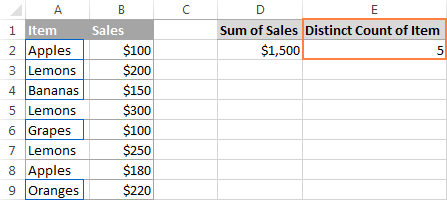Learning of the day: Multisets and Count Distinct

With large datasets, there is a common problem with doing “count distinct”. From WikiPedia:
In computer science, the count-distinct problem (also known in applied mathematics as the cardinality estimation problem) is the problem of finding the number of distinct elements in a data stream with repeated elements.
A “multiset” is a set with some repeating values, for example a list of user IDs like (001, 002, 003, 001, 001). In this multiset, the unique count of ids is 3. But if this dataset was super huge, it would take a lot of time/memory to count up all the unique user IDs. There is an algorithm called HyperLogLog that aproximates distint counts — I don’t fully understand how the algorithm works, but elements in the set are hashed so that a multiset of uniformly distributed random numbers is produced like (001, 002, 003, 001, 001) -> (308, 098, 092, 298, 298) , this can then be used to look at the “maximum number of leading zeros in the binary representation of each number in the set” like 298 -> 0000000100101010. Then the count estimate will be 2 ** maximum number of leading zeros in the binary representation of each number in the set.
Some datastoring tools let you use HyperLogLog as a data sctucture. I came accross this concept while looking up “redis”, and the name of the algorthm caught my attention which made me think “What in The Hell Is Hyperloglog”. 🤔